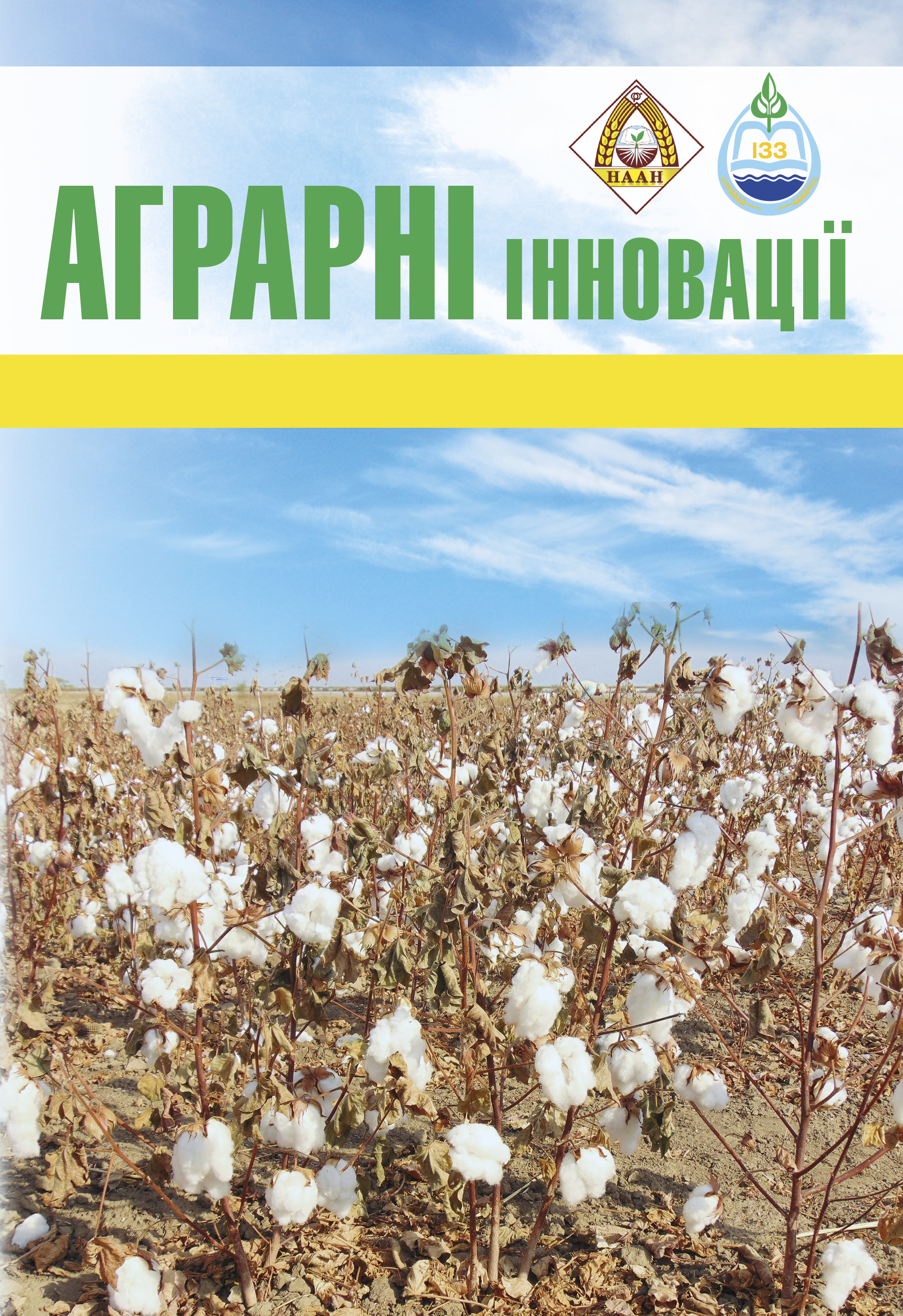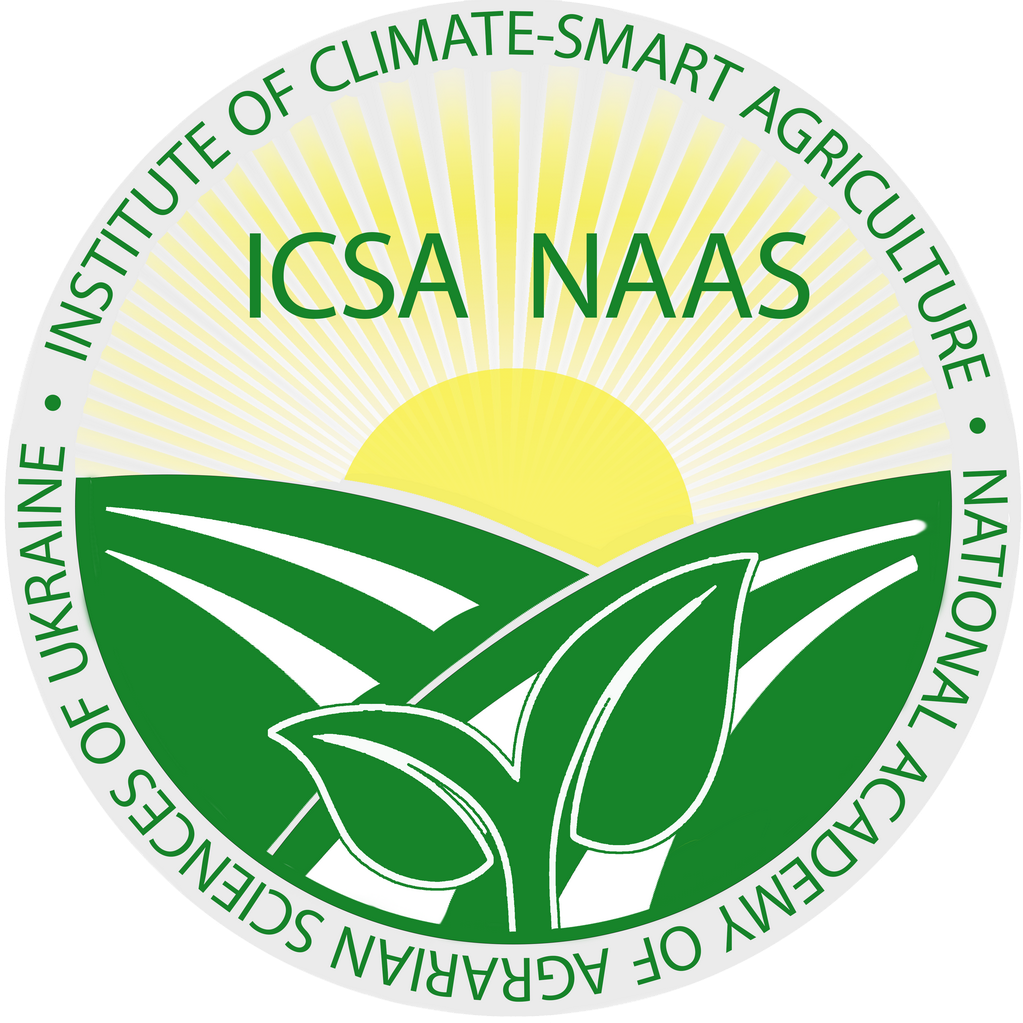The effect of fertilisation on soybean seed productivity in the Western Forest-Steppe region of Ukraine
Abstract
This investigation aims is to determine the impact of fertilisation methods on soybean seed productivity. Materials and methods. The study focused on soybean fertilisation methods, which were examined in a field experiment conducted in 2023-2024. The research was conducted in the fields belonging to the enterprise and the Scientific and Technological Research Group ‘Science’ of the Western Ukrainian National University. The study plot covered an area of 50 m², with three repetitions. Experiment recording and observation were carried out in accordance with generally accepted methods. The obtained data were processed using dispersion analysis with the appropriate software. The Azur soybean variety from the Canadian company Prograin was used in the experiment. This soybean cultivation technology is typical of the Western Forest- Steppe region. Results. The research showed that the tech stuff had an impact on soybean seed yield. On average, over the years of research (2023-2024), the soybean seed yield in the control without fertilisers was 3.01-3.08 t/ha; when using NPK 16-16-16 – 3.33 t/ha in the broadcast variant and 3.44 t/ha with its application during sowing.Fertilisation of soybeans with NPK 12-24-12 yielded 3.69 and 4.03 tonnes of seeds per hectare, respectively, which proved to be the best options in the experiment. When applying complex mineral fertiliser NPK 8-24-24 to the test crop, seed productivity per unit area was 3.40-3.56 t/ha, depending on the method of application. As in the previous options, fertilisers applied during sowing proved to be the best. In the variants of broadcast and sowing fertiliser application, using NPK 9-12-25, the soybean seed yield was 3.53 and 3.72 t/ha, respectively. Conclusions. Thus, the application of mineral fertilisers during soybean cultivation is an important way to increase its seed productivity. Ithas been established that in the conditions of the Western Forest-Steppe, on chernozem soils with low phosphorus content and average potassium supply, the optimal method of fertilising the studied crop is the application of complex mineral fertiliser NPK 12-24-12 at a rate of 100 kg/ha, which ensures a yield of 4.03 t/ha.
References
2. Державна служба статистики України. Посівні площі сільськогосподарських культур за їх видами у 2025 році. URL: https://www.ukrstat.gov.ua/ (дата звернення: 06.08.2025 р.).
3. Господаренко Г. М. Агрохімія: підручник. Київ: ТОВ «СІК ГРУП УКРАЇНА», 2018. 560 с.
4. Гарбар Л. А., Довбаш Н. І., Венгер В. В. формування продуктивності сої за впливу дії інокуляції, удобрення, стимуляторів росту. Аграрні інновації. 2022. № 14. С. 12–17. https://doi.org/10.32848/agrar.innov.2022.14
5. Душко П. М., Шумигай І. В. Вплив систем удобрення на продуктивність рослин сої (Glycine max L.). Агроекологічний журнал. 2023. № 4. С. 175–180. https://doi.org/10.33730/2077-4893.4.2023.293796
6. Вишнівський П.С ., Фурман О. В. Продуктивність сої залежно від елементів технології вирощування в умовах Правобережного Лісостепу України. Plant and soil science. 2020. Vol. 11. №1. https://doi.org10.31548/ agr2020.01.013
7. Польовий В. М., Фурман В. М., Мороз О. С., Люсак А. В. Моніторинг продуктивності сої за різних систем удобрення в умовах західного Лісостепу. Таврійський науковий вісник. 2022. № 126. С. 92–98. https://doi.org/10.32851/2226-0099.2022.126.13
8. Бараболя О. В., Найдон М. Й., Кононенко С. М. та Коровніченко С. Х. Вплив мінерального живлення на продуктивність сої. Науковий прогрес та інновації. 2020. №4. C. 35–44. https://doi.org/10.31210/visnyk2020.04.04
9. Лихочвор В. В., Щербачук В. М., Панасюк Р. М., Панасюк О. В. Вплив удобрення на формування фотосинтетичної та зернової продуктивності сої в умовах західного Лісостепу. Передгірне та гірське землеробство і тваринництво. 2016. Вип. 60. С. 88–96.
10. Шувар А. М., та ін. Фосфатний режим ґрунтів Тернопільської області. Агронаука і практика. 2024. Вип. 3, Ч. 3, С. 24–27. DOI: 10.32636/ agroscience.2024-(3)-3-3
11. Положенець В. М., Немерицька Л. В., Фурдига М. М., Станкевич С. В., Рожкова Т. О. Основи наукових досліджень в агрономії: навч. посібник. Житомир ПП «Рута», 2024. 168 с.

This work is licensed under a Creative Commons Attribution 4.0 International License.






